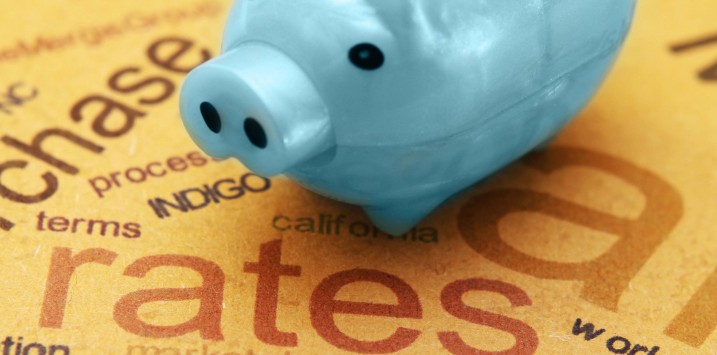
Phil Lowe – playing catch up football with his Central Bank counterparts
Overnight, the US Federal Reserve tightened their official cash rates by 0.75 per cent, the largest increase since 1994, taking their cash up from 0.75 per cent to 1.5 per cent. Chairman Jerome Powell indicated a minimum increase of 0.5 per cent at the July meeting, meaning a US cash rate of at least 2.0 per cent.
The Reserve Bank of New Zealand (RBNZ) is one of the few Central Banks in the Western World that has demonstrated any initiative in attacking 40-year high rates of inflation by commencing their tightening cycle on 6 October 2021, and after five increases their official cash rate currently sits at 2.0 per cent.
With the sharp increase in the cost of living from significant price rises for each of food, petrol, gas and electricity, in conjunction with the indebtedness of the consumer sector of many Western World economies, I don’t believe Central Banks need to be too aggressive in their tightening program before economic growth decelerates.
A case in point is New Zealand, where the economy contracted by 0.2 per cent in the March 2022 Quarter, well below the RBNZ’s forecast of a 0.7 per cent increase. This figure coincides with the arrival of Omicron, which produces widespread staff shortages and supply chain disruptions.
Interestingly, the Real Estate Institute of New Zealand reported that a record net 21 per cent of the June survey respondents expect to cut their spending over the next three to six months, an extraordinary reversal from each of the monthly surveys throughout calendar 2021. In summary, the consumer crunch to rein in inflation is in place as many consumers are experiencing the negative wealth effect from falling house prices with higher debt servicing and cost of living costs.
Meanwhile, Governor of the Reserve Bank of Australia (RBA), Phil Lowe, is now forecasting Australia’s inflation rate to hit seven per cent by the end of calendar 2022. Despite signs of a dramatic jump in Australia’s inflation rate – the RBA finally increased the official cash rate by 0.25 per cent on 4 May to 0.35 per cent and by 0.5 per cent on 8 June to 0.85 per cent – thus trying to play catch up football with many of their Central Bank counterparts. And a few more belated increases of Australia’s official cash rate to at least 1.75 per cent is on the cards.
Phil Crossan
:
I think Christopher Joye’s forecasts will be accurate regarding the rise of interest rates by at least 1% in that property will fall by 15-25%, although he hasn’t published a forecast for larger interest rate rises.
Australia has a much larger proportion of variable rate mortgages and household debt to GDP ratio is one of the highest in the world.
Bank share prices have already reacted to this outlook.